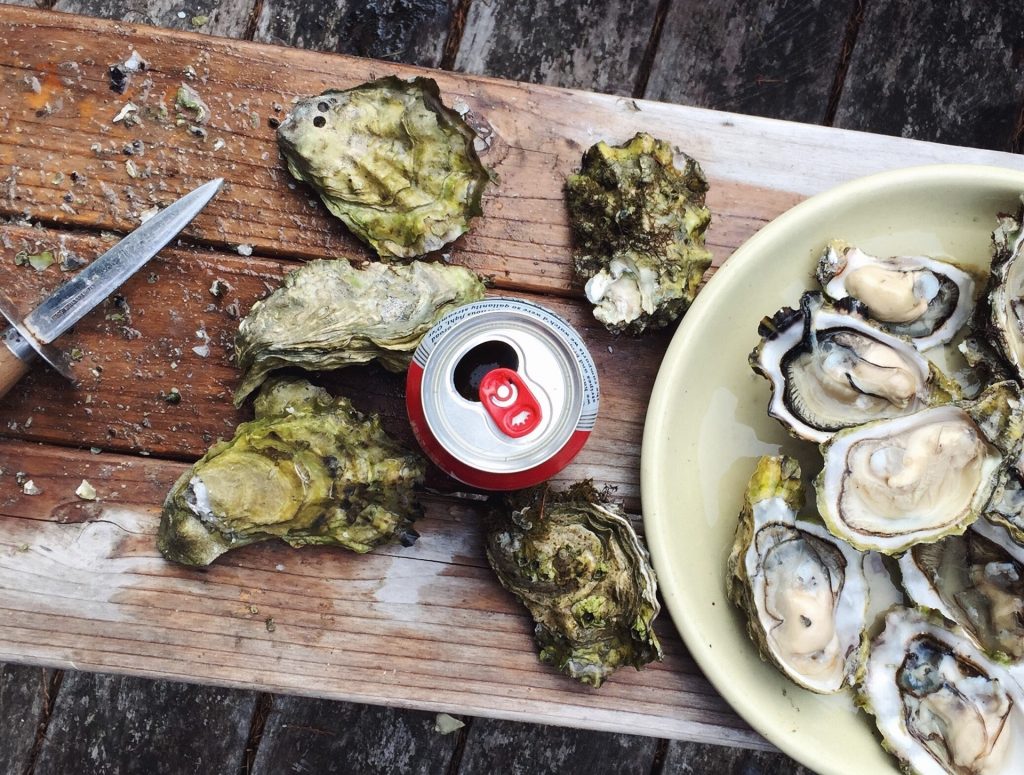February the 15th, 2024 – Foreign workers have been “traditionally” required in sectors such as construction and tourism, but now they’re even helping cultivate and harvest shellfish in Mali Ston Bay.
As Poslovni Dnevnik writes, oysters and mussels have been famously cultivated in Mali Ston Bay since way back during the time of the autonomous Dubrovnik Republic. From Brijesta to Zamaslina near Mali Ston itself, there are around 70 local shellfish farmers present. This kind of work is difficult and heavily depends on the elements, but it’s also very profitable because the oysters and mussels from this area always sell well due to their stellar reputation. However, in order to make money, huge amounts of work are involved, and Mali Ston Bay shellfish farmers have to cope with a number of problems, first of all, huge natural damage from fish that destroy their shellfish, as reported by HRT.
Early in the morning in Brijesta near Mali Ston Bay, local shellfish farmers make their final preparations for sailing out to their farms. The better the preparation, the easier it will be to do the work on the mussels and oysters. Zdravko Lazić has therefore prepared pergolas of mussels that will grow a little more until they are sold.
Oysters and mussels at the foot of Pelješac bridge
Brijesta is a place close to Mali Ston Bay with about forty inhabitants. Naturally, almost every family is engaged in agriculture – olive growing and viticulture. The cultivation of mussels and oysters was only a supplementary job for a few families, but in the last 30 years or so, with shellfish farming becoming very profitable – this occupation has become the main activity for six local families.
Zdravko Lazić noted that much like elsewhere across the Croatian economic spectrum, they have issues with finding labour, as well as dealing with expensive raw materials. In such conditions, he added, it is difficult to expand the business.
than a million oysters and 500 tonnes of mussels
About 20 kilometres to the south, in Mali Ston and Bistrina Bay, oysters and mussels were also cultivated back during the time of the Dubrovnik Republic. Some of the main infrastructure installed back in 1927 by Luko Maškarić and hasn’t altered whatsoever since then. Today, his granddaughter Marija Radić, president of the Ston Shellfish Association, takes care of this very special family tradition.
In Mali Ston Bay, 70 shellfish farmers are active, and 40 of them are members of the aforementioned association. Last year they produced 1.2 million oysters and 500 tonnes of mussels for the market. About 80 percent of their year-round production goes to catering and hospitality facilities. Most of them are located elsewhere in that area of the county, while some go up to Istria and others head south, down to Montenegro.
Migrant workers such as Nepalese nationals are helping Mali Ston Bay’s shellfish production
The Matković family from Stupa on the wider Dubrovnik coastline are some of the largest producers of oysters and mussels in the entire area. The whole family works in Bistrina Bay; a father, his three sons and several other workers, three of whom are Nepalese citizens.
“These shellfish are sold in the summer months, so in terms of their preparation and care, there’s work to be done all year,” said Cvjetko Matković.
This family sells shellfish to restaurants, hotels and fish markets. They have buyers to whom they deliver goods, and they sell the most in the season that starts around Easter. After Easter, there will be a short break – until mid-May.
About two euros for mussels, one euro for an oyster…
All of Mali Ston Bay’s shellfish farmers generally sell all of their production. Oysters are sold by the piece, and mussels by the kilogram. The retail price is around two euros for mussels and one euro for oysters.
Growers from Mali Ston Bay have all the proper conditions for production – a clean sea with fresh water sources. Therefore, their oysters and mussels are a “must have” for both foodies and everyone else wanting to taste this part of the southern Dalmatian coast. Many who have tasted them claim that they are also a handy aphrodisiac.











